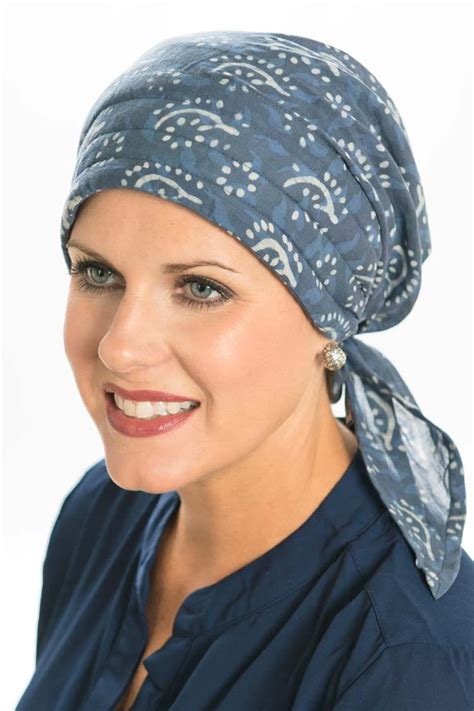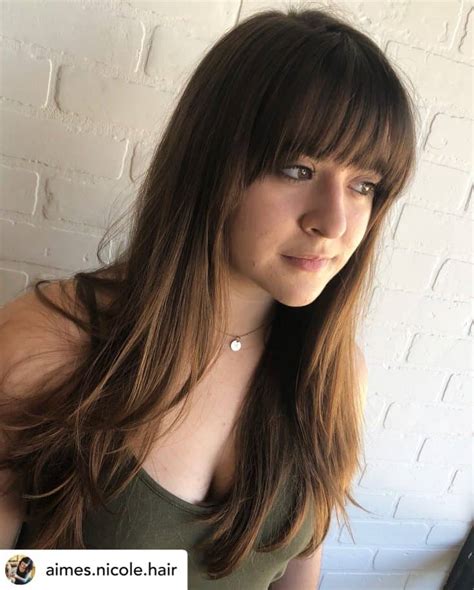Bangs, the wispy strands that frame the face, have captivated women for centuries. From the iconic 1960s French actresses to modern-day fashion icons, women with bangs exude an effortless chic and femininity.

- Framing the face: Bangs define the facial features by drawing attention to the eyes and cheekbones. They can create the illusion of a smaller or more oval face shape.
- Adding a touch of mystery: Bangs can partially conceal the forehead, creating a subtle shroud of intrigue and mystique.
- Enhancing hair texture: Bangs can add volume and movement to fine hair, while taming frizzy or unruly locks.
- Versatile styling options: Bangs can be styled in various ways, from side-swept to blunt-cut to asymmetrical, allowing for endless customization.
1. Curtain Bangs:
These long, parted bangs frame the face like curtains, creating a soft and ethereal effect.
2. Blunt Bangs:
These straight-across bangs cut at the brow line create a bold and dramatic statement.
3. Side-Swept Bangs:
These bangs are swept to one side, adding a touch of asymmetry and movement to the face.
4. Baby Bangs:
These ultra-short bangs reach just above the eyebrows, creating a playful and youthful look.
- Oval faces: Almost any type of bangs can flatter an oval face.
- Round faces: Side-swept or curtain bangs help elongate the face, creating a more balanced look.
- Square faces: Blunt bangs soften the angular jawline, creating a more oval appearance.
- Long faces: Baby bangs or shorter fringes can help shorten the face.
- Heart-shaped faces: Side-swept bangs can balance the wider forehead and narrow chin.
- Fine hair: Bangs can add volume and body to fine hair. Opt for curtain or side-swept bangs to avoid weighing down the hair.
- Thick hair: Blunt or heavy bangs can complement thick hair. Side-swept bangs can help reduce bulk.
- Curly hair: Bangs can define curls and reduce frizz. Consider curtain bangs or baby bangs that can work well with different curl patterns.
- Regular trims: Bangs require frequent trims to maintain their shape and prevent split ends.
- Daily styling: Bangs often need daily styling to keep them looking their best. Use a blow dryer or curling iron to create desired volume and movement.
- Regular washes: Bangs can become oily and dirty faster than the rest of the hair. Wash them regularly to maintain their freshness.
- Use dry shampoo: Dry shampoo can be used to refresh bangs between washes.
- Over-washing: Over-washing bangs can strip them of natural oils, making them look dry and frizzy.
- Using heavy products: Avoid using heavy hair products on bangs, as they can weigh them down.
- Cutting bangs too short: Cutting bangs too short can be a risky move. Always consult a professional hairstylist to determine the optimal length for your face shape and hair texture.
- Not framing the face: Bangs should complement the face shape and draw attention to the eyes. Avoid bangs that do not flatter your features.
Women with bangs encapsulate a timeless beauty and effortless style. From framing the face to adding versatility to hairstyles, bangs offer a myriad of benefits. By understanding the different types of bangs and how to care for them, women can embrace the allure of bangs and create a truly unique and captivating look.
